
Rhinoplasty in Miami, FL
Daniel Careaga, MD
Paul Durand, MD
Karl William Schwarz, MD
Rhinoplasty in Miami, FL
If you have thought about changing the size or shape of your nose, you’re not alone. A large part of the population wonders how they would look if they adjusted this central feature. The fact is that rhinoplasty, often referred to as a nose job or cosmetic nose surgery, can positively impact your appearance and confidence.
Careaga Plastic Surgery provides individuals in and outside of Miami, Florida, with highly customized rhinoplasty services at their Coral Gables location.
Why Choose Careaga Plastic Surgery for Rhinoplasty?
When it comes to facial surgery, you want the best plastic surgeon to perform your procedure. Dr. Paul D. Durand is board certified by the American Board of Plastic Surgery (ABPS), has received numerous awards, and is a highly regarded member of the American Society of Plastic Surgeons, the American Society of Maxillofacial Surgery, and many other prestigious medical societies.
After his plastic surgery training at the world-renowned Cleveland Clinic, Dr. Durand became one of the few to undergo a subspecialized fellowship with experts in primary and revision rhinoplasty. He firmly believes that rhinoplasty is a surgery of millimeters and should be tailored specifically to help every patient achieve their unique aesthetic goals. It’s often more subtle modifications in nasal contours and proportions that deliver the best results.
As an experienced and reputable facial plastic surgeon, Dr. Durand prioritizes natural-looking results that complement the patient’s natural proportions, beauty, and facial balance. Everything he does is designed to keep your nose and the surrounding facial structure in sync.
At Careaga Plastic Surgery, we offer the professional expertise, safety, and cutting-edge technology required to help patients achieve their cosmetic surgery needs. Our dedicated staff of professionals has extensive experience in the cosmetic industry.
Learn more about Dr. Durand’s rhinoplasty expertise by calling (305) 960-7511 today!
Rhinoplasty Is Designed To:
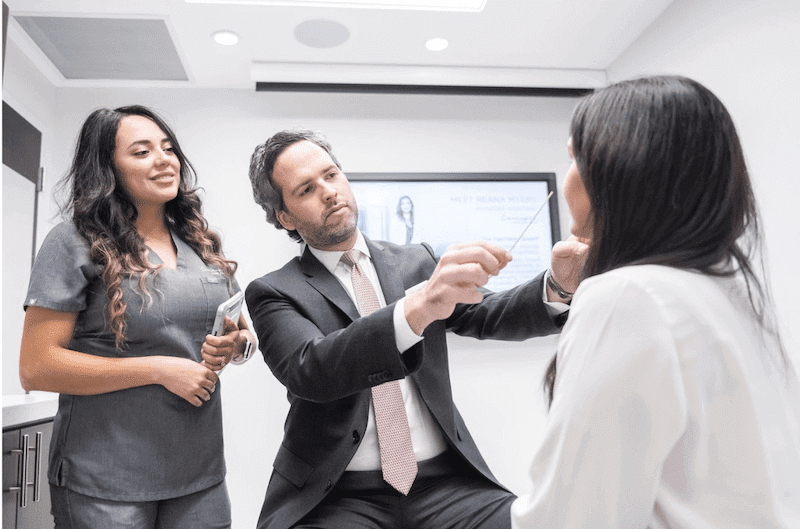
Address Cosmetic and Structural Concerns
Many patients seeking a nose job have both cosmetic and functional concerns. A well-trained and experienced rhinoplasty surgeon can correct both issues for patients who want to look better and breathe easier.
Rhinoplasty can address several cosmetic concerns, with some individuals seeking to improve the shape of their nose, achieve more balanced proportions, or improve facial harmony and symmetry.
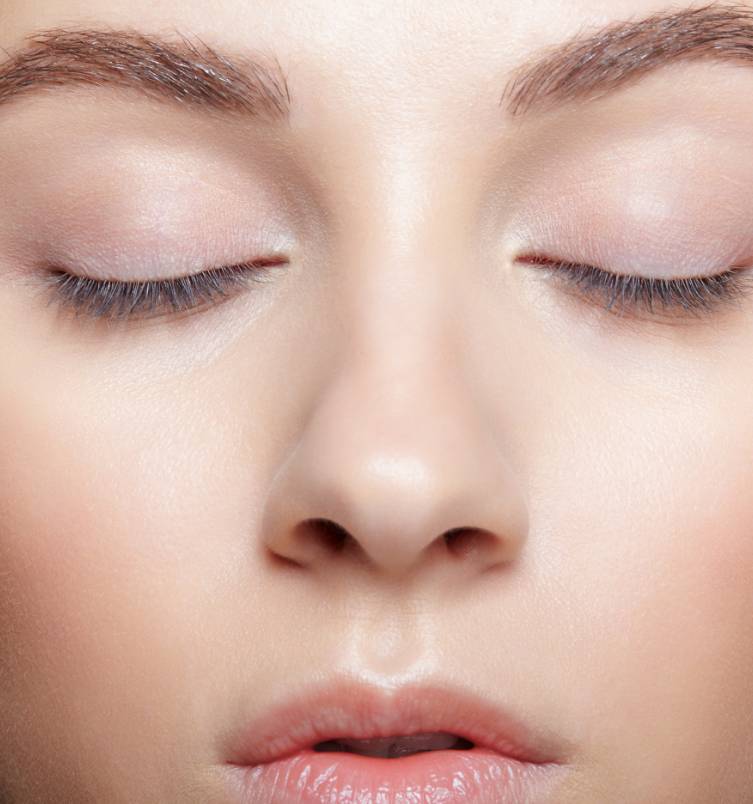
Bulbous or Boxy Nasal Tip
Whether your nose has always had a boxy or bulbous tip that lacks definition or you’ve experienced an injury that has caused your nose to become crooked or misshapen, rhinoplasty can correct bumps, crooks, unevenness, and other cosmetic nose imperfections for a more flattering shape and size.
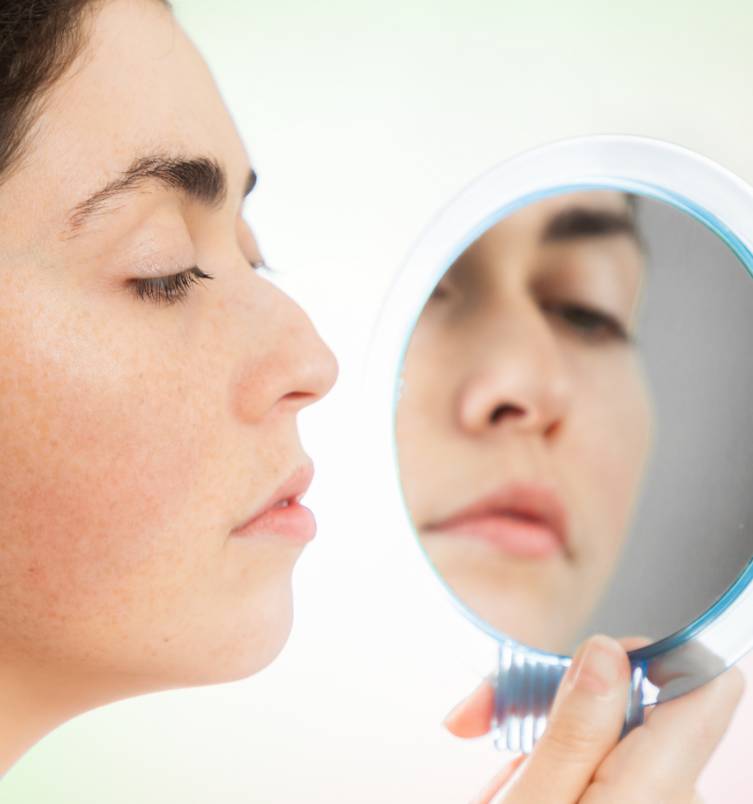
Large “Humps” and Wide, Long, or Crooked Nose
A large dorsal hump can also be reduced for a much more pleasing side view, and prominent or elongated noses can be reduced for a shorter, thinner nasal appearance.
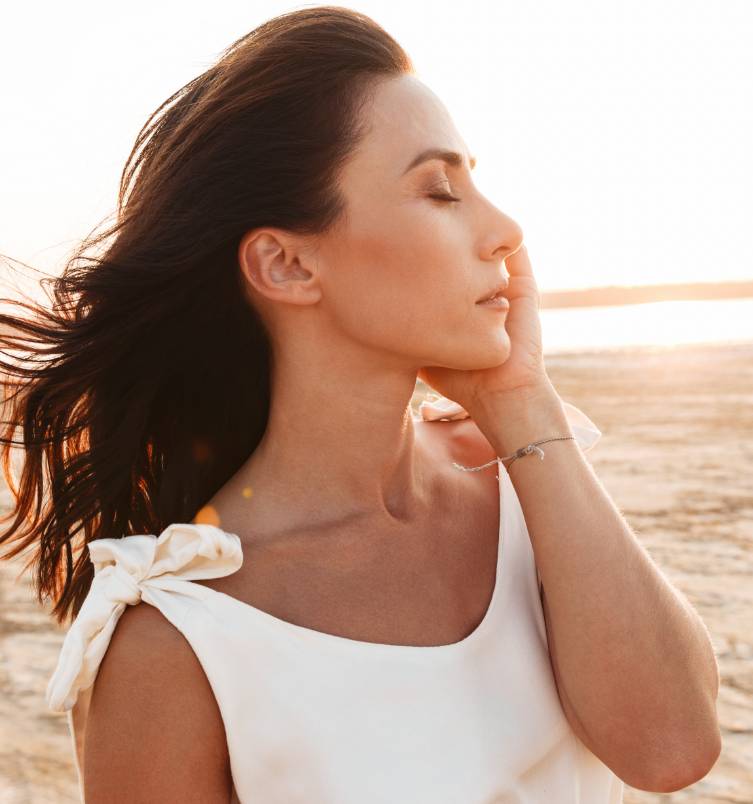
Obstructed Breathing
For some, the desire to modify their noses is related to health and comfort issues caused by structural defects in the nose and septum that cause impaired breathing.
A deviated septum or impeded nasal structure can reduce your ability to breathe freely, which is uncomfortable and can cause other health issues. Septoplasty, which is often combined with rhinoplasty, addresses these conditions by correcting deviations and fixing sinus issues to help you breathe easier.
Our Miami Rhinoplasty Options
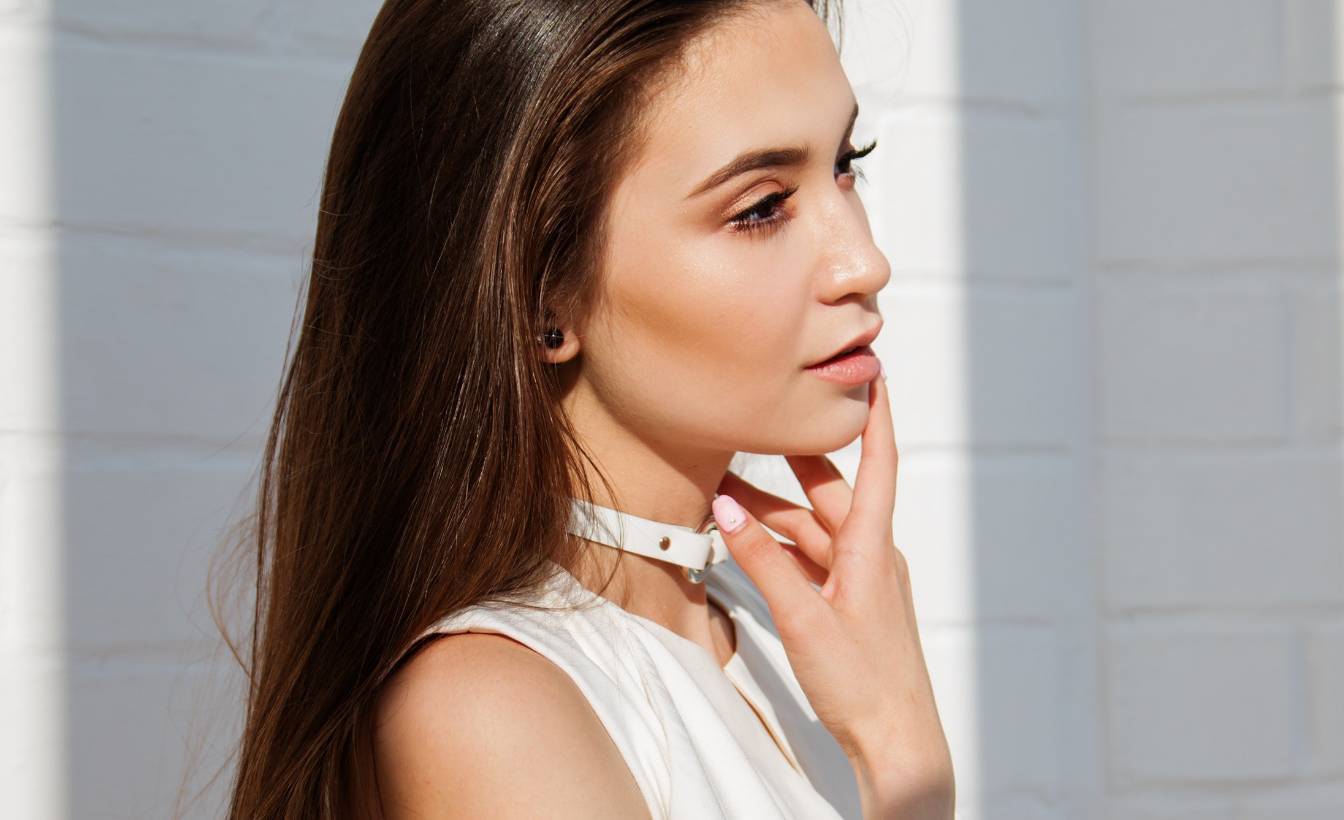
Closed Rhinoplasty
The closed approach is ideal for patients with mild nasal concerns. This technique only uses internal incisions (made within the nostrils) to manipulate and sculpt the tissues, cartilage, bone, and skin.
Open Rhinoplasty
The open approach allows Dr. Durand to make more extensive corrections to the nasal structures and requires an external incision across the columella (the space between the nostrils at the base of the nose).
How Much Does Rhinoplasty Cost in Miami?
Each rhinoplasty requires a customized approach to properly address the patient’s unique concerns. Your price is based on the method used, along with other factors. Your cost estimate usually includes anesthesia fees, operating room expenses, medications, and other related costs, which will be explained in detail during your consultation.
What Does Rhinoplasty Involve?
Rhinoplasty is a nuanced surgery requiring extensive planning and precise measurements taken during an in-depth consultation with Dr. Durand.
During this meeting, Dr. Durand will:
- Listen carefully to your concerns and goals
- Review your medical history
- Ask additional questions to determine your candidacy
- Evaluate your nose for cosmetic and functional concerns
- Take measurements of your face
- Discuss your rhinoplasty options
- Show you before and after photos of his previous patients
- Explain what to expect during surgery and recovery
- Provide an accurate and inclusive estimate
- Provide instructions to follow before your procedure, including when to stop drinking alcohol and taking blood-thinning medication or supplements. If you are a smoker, he will also explain the need to stop smoking weeks before your surgery.
Rhinoplasty may be performed under local or general anesthesia, usually as an outpatient procedure.
In a closed rhinoplasty, Dr. Durand can smooth bone protrusions, fix a deviated septum, and address other non-extensive issues. Since there are no external incisions, there will be no visible scarring.
The open rhinoplasty technique involves a small incision in the tissues between your nostrils (columella) and makes the scar undetectable under most circumstances. The skin will be pulled back to allow for complete visualization of the cartilage, bone, and muscles, allowing Dr. Durand to reduce larger areas of prominence and easily build up areas that are too small or thin.
In closed and open rhinoplasty, grafts may be taken from the ears, septum, or ribs using a rib cartilage allograft to build and strengthen the nasal structure.
Revision (or secondary) rhinoplasty is performed in patients who underwent prior rhinoplasty surgery and need additional correction. Revision rhinoplasty is much more intricate than primary rhinoplasty and requires the finesse and skill of an experienced revision rhinoplasty surgeon like Dr. Durand.
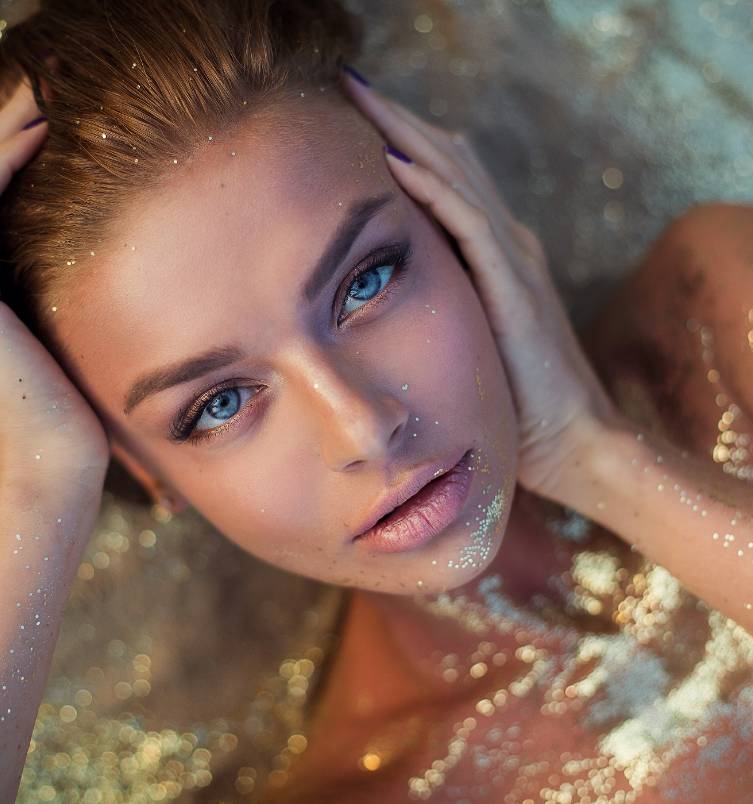
Combining Rhinoplasty With Other Plastic Surgery Procedures
Because rhinoplasty is not an anti-aging procedure, many men and women interested in this surgery only require or desire adjustments to the nose. However, when a patient has age-related facial concerns, rhinoplasty can be combined with additional facial procedures like a facelift, a brow lift, or eyelid surgery for dramatic results.

After Your Rhinoplasty
What Can I Expect During My Rhinoplasty Recovery?
After your surgery, you will wear an external splint over your nose for support and protection. Internal splints may also be used for extra support. Splints are usually removed at your one-week follow-up appointment. Bruising and sensitivity are normal for the first couple of weeks.
Take it easy while you recuperate, and follow your post-operative care instructions to ensure a safe, relaxing healing process. Do not apply any pressure to your nose, and avoid strenuous activities for the first three weeks of recovery or until our surgeon clears you.
Many patients can resume work after about a week if their job is not physically demanding.
What Results Can I Expect After Rhinoplasty?
You will begin to see your rhinoplasty results as swelling subsides, and the appearance or function of your nose should continue to improve over the next several months.
Following Dr. Durand’s post-operative instructions while abstaining from alcohol, nicotine, aspirin, NSAIDs, and supplements that can increase bleeding will help ensure your best results.
Rhinoplasty Financing
At Careaga Plastic Surgery, we work hard to ensure our services are affordable and provide several financing options to make paying for your desired procedure(s) manageable.
Visit our financing page for more information on our financing programs.
Rhinoplasty FAQ
-
If your nose has completed growing and you are dissatisfied with its appearance, then rhinoplasty may benefit you. Patients should maintain realistic expectations for their outcome and be in good overall health.
-
Your procedure can take between one and three hours to perform depending on what needs to be corrected. Revision (secondary) rhinoplasty, which is when the patient has already had previous nasal surgery, can take longer.
-
The reason for your rhinoplasty will determine whether your procedure is covered or if insurance can help pay for it. Typically, insurance does not cover elective procedures, which include aesthetic rhinoplasty.
If you are considering rhinoplasty to correct functional limitations and you can prove to your insurance company that your nasal condition is impacting your life and health, there is a chance that insurance will help cover the cost — even if an aesthetic change is being made. Please contact your insurance provider for further details.
-
Most rhinoplasty procedures require a nasal splint and packing to maintain and protect your new nasal structure while draining excess blood and fluid after surgery. This packing may make breathing difficult during the initial days of your recovery.
This challenge is typical and not a sign that anything has gone wrong with your procedure. Most patients have no functional breathing problems once the packing has been removed.
-
Rhinoplasty results are generally permanent. It can take a year for your outcome to become fully evident due to residual swelling, and your nose will continue to improve as you heal. Unlike many facial cosmetic surgeries, your rhinoplasty results are not expected to be altered by the aging process. While you may see some minor changes due to gravity and time, they are not expected to be significant.
-
Revision rhinoplasty is a secondary procedure used to correct or enhance the form and function of a previous rhinoplasty. Predicting how a patient’s nose will heal from prior surgery is very challenging.
If you are displeased with your rhinoplasty results following your initial surgery, you will be advised to wait for at least one to two years before considering a revision rhinoplasty procedure. This waiting period is necessary to allow the internal tissues, cartilage, bone, and skin to heal completely and for all residual swelling to subside.
Dr. Durand will evaluate your nasal structure during your revision rhinoplasty consultation to determine if any swelling or internal healing could affect your results.
-
Rhinoplasty is one of the few cosmetic surgeries that you can safely undergo as a teenager. However, the patient’s nose must be fully developed, which commonly occurs around age 14 for girls and 15 or 16 for boys.
If you are a teenager considering rhinoplasty or are the parent of a teenager considering rhinoplasty, it is necessary to have a complete understanding of the complexity of facial surgery and what it means for your physical appearance. Teenage patients must be emotionally mature to handle the rhinoplasty process and comply with instructions before and after surgery.
-
Some broken noses heal well and do not require any additional surgery to repair form or function. Unfortunately, not all broken noses fall into this category, and some nasal damage requires surgical correction to maintain the above.
Occasionally, uncorrected broken noses develop an infection or internal bleeding that can result in collapsed or heavily damaged nasal structures. Rhinoplasty after an injury can help ensure that these concerns will not develop.
-
Yes. Dr. Durand is a nasal surgery expert who does a large volume of ethnic rhinoplasty. He firmly believes that rhinoplasty needs to be tailored to each face and the patient’s ethnicity. Dr. Durand will discuss your goals and review your options during your consultation to ensure that your results match your aesthetic or functional desires and maintain your cultural beauty ideals.
-
Ethnic rhinoplasty is a variation of rhinoplasty performed on patients of various backgrounds (non-Caucasian patients). Ethnic rhinoplasty is performed for several reasons, taking into account both structural differences and cultural ideals.
Ethnic rhinoplasty is not a Westernization procedure; it is performed to enhance nasal structures while considering the aesthetic ideals of particular cultures. Additionally, variations in skin, bone, and cartilage thickness between different ethnicities require specific techniques.
What may work for one ethnicity may not be appropriate for another. This specific form of nose surgery helps ensure that the right methods will be used during your procedure.
-
Generally speaking, patients of the same ethnicity tend to have similar concerns. For example, many African American patients desire narrower nostrils, whereas many Asian patients desire a stronger and more pronounced nasal bridge. Whatever the concern, ethnic rhinoplasty has a solution.
-
If you are a non-Caucasian patient, it is essential that you seek a surgeon who is skilled in ethnic rhinoplasties, such as Dr. Durand. Not only will this produce results that stay true to your culture and heritage, but it will also ensure that the appropriate techniques are applied for a safe and successful rhinoplasty outcome.
Your Miami Rhinoplasty Specialist
Are you seeking a nose job in Miami, Florida, with a respected and board-certified plastic surgeon who specializes in rhinoplasty? Call (305) 960-7511 to reach Dr. Paul Durand at our Coral Gables, Florida, office today. Our knowledgeable and compassionate team is standing by to help you begin your journey to a new you.



